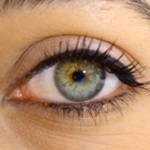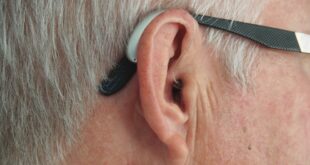How is Glaucoma detected?
Regular eye examinations are the only way to detect glaucoma early:
- Glaucoma NZ recommends that everyone have an eye examination for glaucoma by age 45, and every 5 years after that until age 60, and 3 yearly after 60.
- Those people with risk factors for glaucoma (see page 4) should be examined earlier than age 45.
- If a diagnosis of glaucoma is made, follow the advice of your eye specialist and attend regular follow-ups as recommended.
- If you require hobby glasses or are having problems with your eyesight then you should have your eyes examined at that time.
- You may also need eye examinations more frequently to keep up to date with changes in your glasses prescription, or if you have any other eye conditions.
A glaucoma test usually includes the following:
- Optic nerve check.
- Slit-lamp examination.
- Eye pressure check (tonometry).
- Visual field assessment as glaucoma affects the peripheral (side) vision first.
How is Glaucoma treated?
Treatments Include:
Eye Drops – these are the most common form of treatment and come in different strengths and combinations. Drops can be varied to best suit the patient and type of glaucoma. Treatment for glaucoma is life-long. Eye drops must be used on a daily, regular basis.
Some people do experience some side effects and it is important to discuss with your doctor any new health problems or concerns that have developed since starting with your eye drops.
Tablets – In some cases tablets are used to treat glaucoma. Tablets are most often used for short periods as a temporary measure until surgery can be performed.
Laser Trabeculoplasty – uses a very focused beam of light to treat the drainage angle of the eye. This surgery makes it easier for fluid to flow out of the trabecular meshwork. In many cases eye drops may need to be continued after laser. The laser process takes about 10-15 minutes and does not require a hospital stay.
Laser Iridotomy – is the treatment of choice for people with narrow angles or angle closure glaucoma.
The process takes about 5-10 minutes and does not require a hospital stay.
Surgery (trabeculectomy) – this is the most common surgery for glaucoma, and is performed when eye drops and laser have failed to control the eye pressure. In a trabeculectomy the surgeon creates a new channel to improve the drainage of fluid from the eye, thus reducing the pressure.
Surgery (tube-shunt procedures e.g. Molteno implant) – involves placing a flexible plastic tube with an attached silicone drainage pouch in the eye to help drain aqueous fluid from the eye and lower the pressure. This surgery is most commonly performed if trabeculectomy surgery has failed. In some circumstances a person may be at risk of forming scar tissue in the eye. In these situations this type of surgery may be done at the start.
When diagnosed with Glaucoma
- Use your medications regularly as instructed.
- Know the names of your medicines and how often they are used.
- Inform your other doctors and health care specialists of your glaucoma. Provide them with a list of your medications.
- Agree on a certain frequency of check-ups with your eye specialist and stick to that schedule.
- Call your eye specialist if any unusual symptoms or eye problems arise.
- Discuss your glaucoma with family members and suggest that they have a check-up. Do not forget that glaucoma often runs in families.
- Join Glaucoma NZ to be kept up-to-date with glaucoma information. All services and information are free.
Phone 0800 452 826, visit www.glaucoma.org.nz, or email info@glaucoma.org.nz.









- 11 years ago
Too bad, I sure can’t afford the exam and it appears no-one does one free.